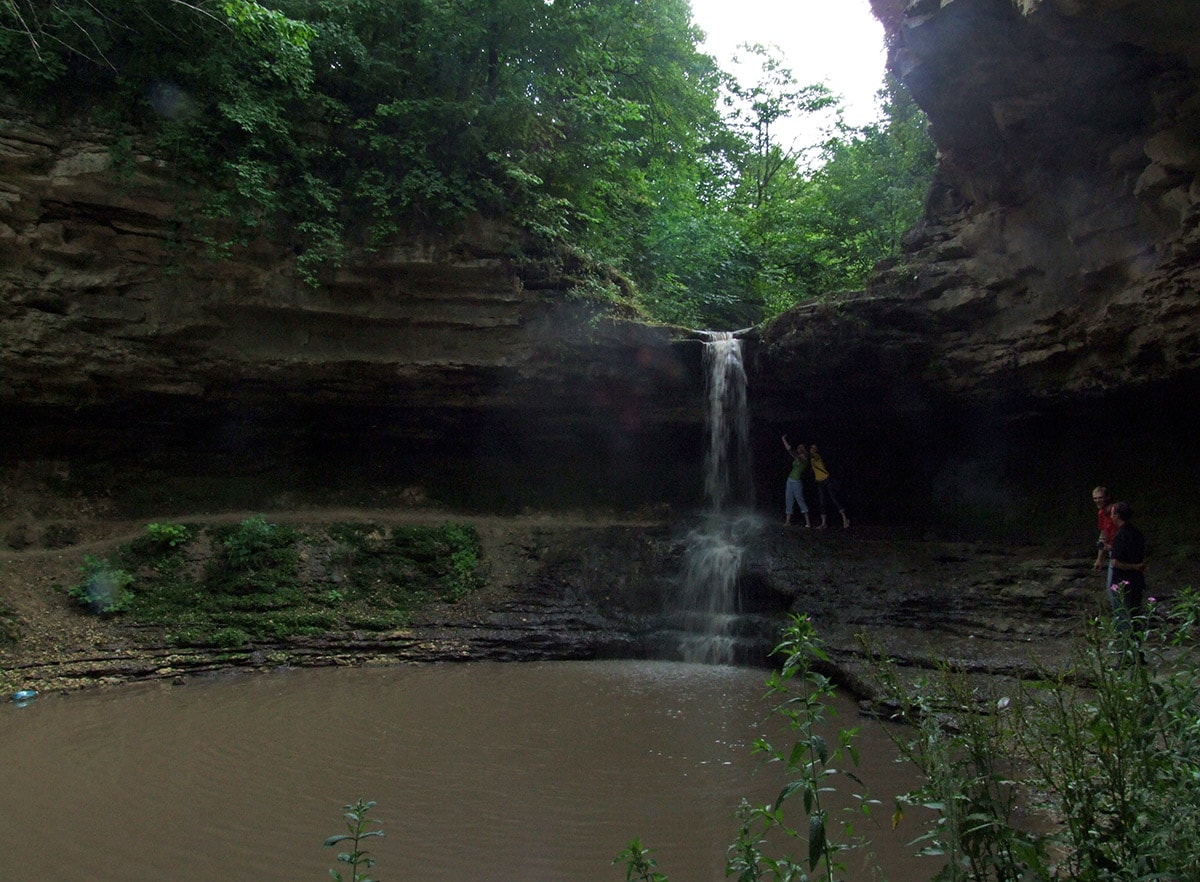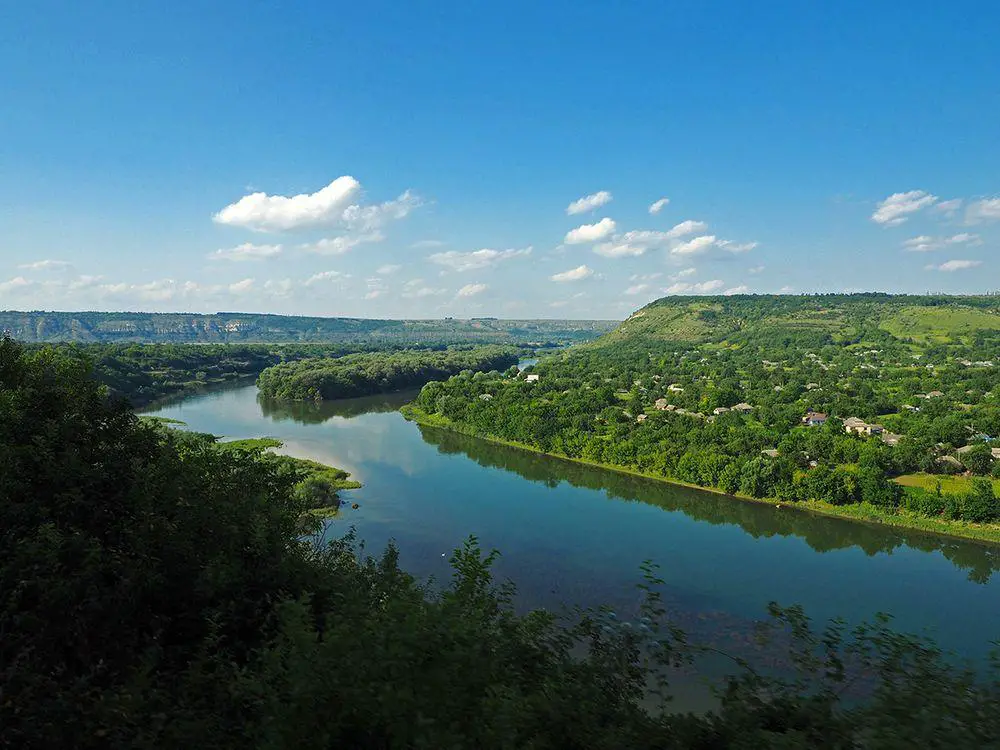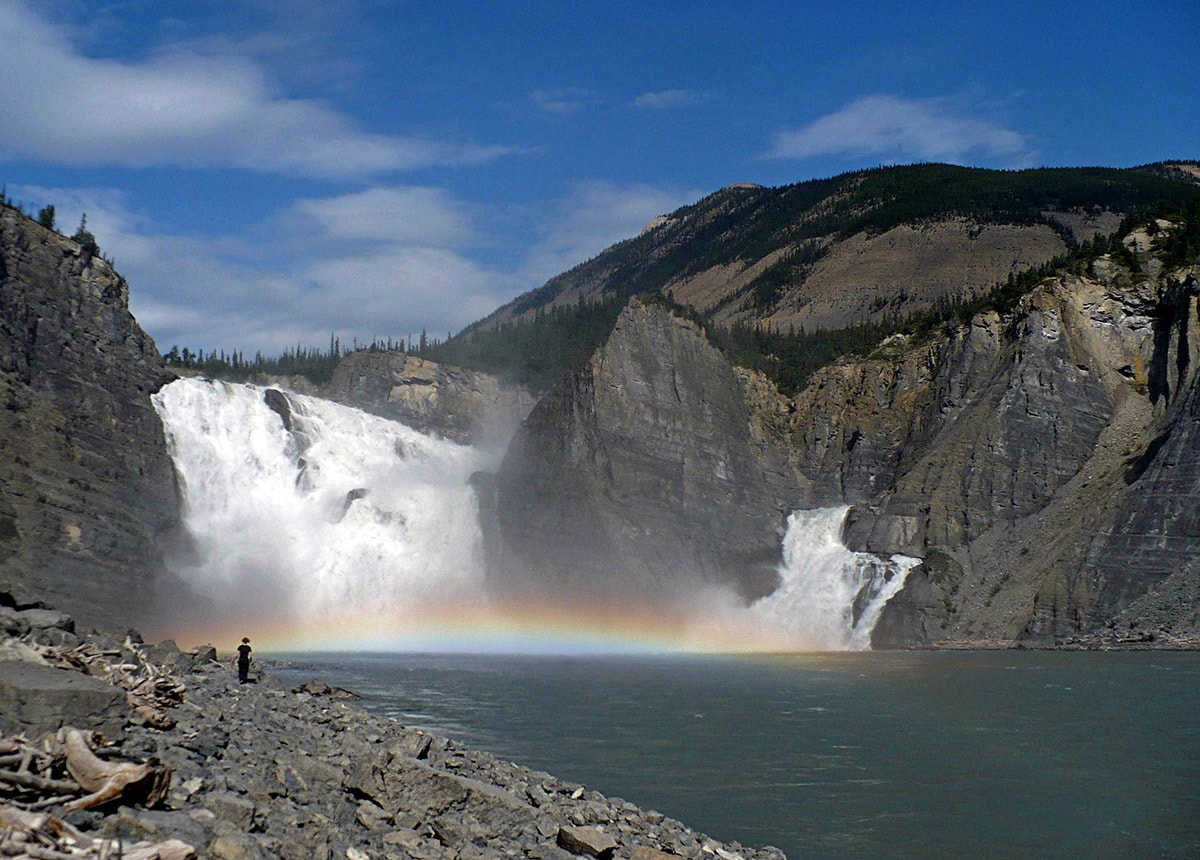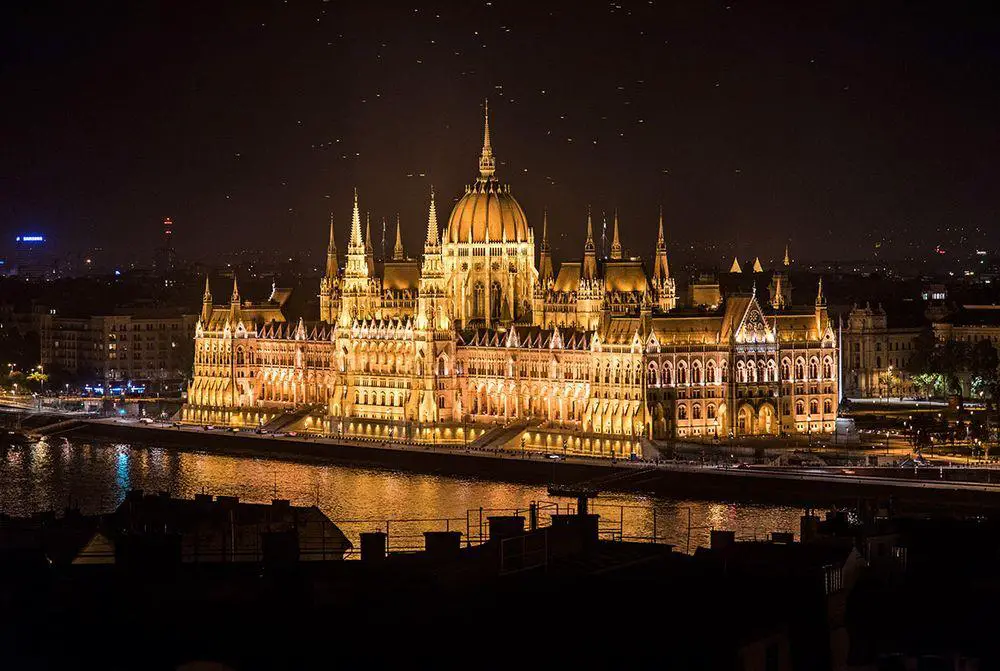Waterfalls 🢔 Geological wonders 🢔 Categories of wonders
Wonder
Saharna Falls (Gipsy Hole)

 In short
In short
One of the tallest and best known waterfalls in Moldova is the largest of Saharna Falls, called also "Gipsy Hole".
 38.3%
38.3%
GPS coordinates
Location, address
Name in Romaniam (Moldavian)
River
Height
Drops
Width
Map of the site
If you see this after your page is loaded completely, leafletJS files are missing.
 In detail
In detail
This waterfall is located in a spectacular location – the canyon of Saharna stream. This ravine reaches the depth of some 160 – 170 m, creating impressive limestone cliffs and providing spectacular views.
This secluded area has been inhabited for millennia. Around the 8th – 6th century BC here lived Dacians but since the 7th century AD monks here, in the cliffs carved cells. In the 18th century, after a reported sighting of St. Maria here was built the present monastery. One can still observe the footprint of St. Maria and Saharna Monastery is one of the most popular pilgrimage sites in Moldova.
On Saharna stream have formed 22 smaller and larger waterfalls.
The largest one is the "Gipsy Hole" – the second tallest waterfall in Moldova. This is a plunge waterfall with some 4.5 – 5 m tall plunge which hits a ledge of a cliff and then flows down along it for an additional 2 – 2.5 m. Waterfall has formed a circus – an enclosed area with overhanging cliffs and a pool.
Unfortunately the popularity of this landmark has left unwanted consequences – waterfall and the stream is littered.
Not too far in a similar ravine is located another monastery – Ţipova Monastery and – also with a group of rather similar waterfalls in ravines above it – Ţipova Falls!
 Linked articles
Linked articles

Wonders of Moldova
The heritage of Moldova is little known outside its borders but this does not mean that there is little to see. In fact, Moldova has some nearly unique and impressive landmarks, such as Europe’s earliest traces of human activity, unusual archaeological heritage, and gargantuan wine cellars with hundreds of kilometers of passages and millions of wine bottles.

Waterfalls
Some of the most fascinating and awe-inspiring natural monuments are waterfalls or locations where a river abruptly changes its elevation.

Wonders of Europe
The heritage of Europe is diverse and endlessly interesting. Incomparably rich is the wealth of European historical architecture, but this part of the world has exciting natural heritage and archaeological heritage as well.

[…] also explore the ‘spectacular’ nearby Saharna Falls during their visit, travel blog Wonder Mondo […]